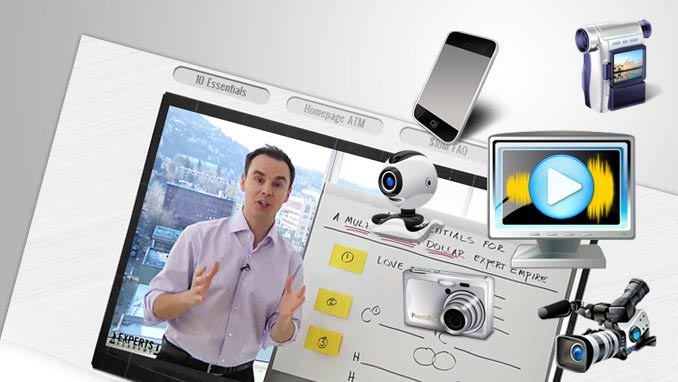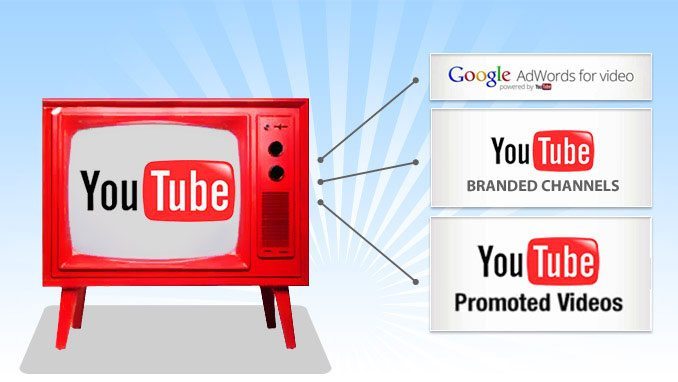You should have a strong sense of who your audience really is compile a valuable list of keywords that searchers use to tap into the content of your niche that’s the time when you are ready to collect information and media sources.
There are several other RSS readers on the market, and the one you may already be comfortable using with is quite ineffective. Netvibes has a robust feature set and some amazing premium options; Feedly is another quality reader. And there are excellent options for mobile devices, such as Flipboard. But for “gold standard” purposes, use Google Reader, as it’s the most-used of all the readers out there.
Before you jump right in, let’s point something out that may already be obvious to you. Google connects all of its core services: Youtube, Blogger, Reader, and Google+ through a single Google account. In your Gmail account once you’re logged in, you can access all of Google’s services seamlessly.
You should have a unique Gmail account for each niche you market your product. Especially if you intend on engaging in Youtube and Google+, it makes perfect sense to have a different Gmail account for each “brand identity” you may be marketing in.
So first off, open a new Gmail account if this is a new niche. Try to grab a version of your domain. For example, if your domain is dogtraining.com, try to get dogtraining@gmail.com.
With that little bit of business out of the way, head to Google Reader. The easiest way to access it is through the top navigation in Gmail, under the “More” tab.
If this is a new account, or if you’ve never used Google Reader before, you’ll find it quite bare. Don’t worry, we’re about to fill them up!
Here are a few ways to get feeds loaded into your Reader:
Let Google guide you. Click on “Browse for stuff”. You can:
1) Search by keyword;
2) Browse and subscribe to feeds bundled by market leaders;
3) Browse and subscribe to feeds bundled by Google.
Enter RSS feeds directly or just a URL. Start hitting the new Subscribe button and those feeds will be automatically added to your subscriptions.
Now click on any of your subscriptions (on the left hand side) and you now see feeds from vaious sources.
If you don’t like the “Comfortable” view. Play around with the settings. It may take trying out the various layouts to determine which best suits your reading style. Preferably the “List View” and “Compact” are good for viewing feeds.
You can now add all of the major player RSS feeds into Google Reader, which means you should have from 25 to 50 feeds coming in within a few minutes.
Getting Google Alerts
There’s one more tool we will use to tap directly into our niche’s conversation. That tool is Google Alerts, and it’s an incredibly powerful monitoring and notification system. By telling Google, via keywords, what you want it to track, Alerts will scour the Internet (News, Blogs, Videos, Discussions, and Books) around the clock looking for new content that contains our chosen keywords. In turn, you can receive notifications (as-it-happens, once a day, or once a week) delivered to your inbox or via a feed.
Remember though that alerts are meant to be a resource, and ideally, meant to spark an action on your part. Start slow with just a few choice keywords. See how many daily notifications you receive. If it’s hundreds, then you may need to fine tune your keyword selection.
For example, if fishing is your niche, it’s not recommended to set up an alert for the search query “fishing.” That would likely set off hundreds if not thousands of notifications on a regular basis, many of them not even related to your niche.
Instead, drill into your keyword list more. Go with “salt water fishing” and other Long Tails rather the broad keyword phrases. It’s up to you, of course, and you can always dial up or down the alerts by the broadness or focus of your keywords.
By setting up Google Reader and Google Alerts you bring in as many relevant RSS feeds as possible you can monitor your niche properly.





